The vibrant celebration of Día de los Muertos, or Day of the Dead, in Mexico is a feast for the senses—colorful altars, fragrant marigolds, and the rhythmic beats of music fill the air. But perhaps nothing captures the essence of this beloved tradition quite like its food. From sweet pan de muerto to savory mole, the culinary offerings of this holiday tell a story of heritage, memory, and community. For those eager to dive deeper into these flavors, a traditional Mexican Day of the Dead food workshop offers an unforgettable hands-on experience.
These workshops are more than just cooking classes—they’re cultural immersions. Led by local chefs and home cooks who have grown up with these recipes, participants don’t just learn how to mix ingredients; they uncover the history and symbolism behind each dish. The act of preparing food for the dead, a central element of the holiday, is treated with reverence. Every step, from kneading dough to grinding spices, is infused with intention, connecting cooks to generations past.
Pan de muerto, the iconic sweet bread of the season, is often the star of these workshops. Shaped like round loaves with crossed "bones" on top, this bread is more than just a treat—it’s an offering. Participants learn how the orange blossom water or anise seeds woven into the dough carry significance, symbolizing the fleeting nature of life. The golden crust, dusted with sugar, represents the sweetness of memories shared with departed loved ones. Breaking bread together at the end of the session becomes a moment of reflection, a small tribute to those no longer physically present.
Another staple of these workshops is mole, the complex sauce that varies from region to region. Making mole from scratch is a labor of love, often involving dozens of ingredients and hours of slow cooking. Participants grind chilies, toast spices, and blend chocolate into a rich, velvety sauce while hearing stories of how this dish became a centerpiece of Day of the Dead feasts. The workshop might explore the differences between mole negro from Oaxaca and mole poblano from Puebla, highlighting how local traditions shape the flavors of the holiday.
No Day of the Dead spread would be complete without sugar skulls, or calaveras de azúcar. In the workshop, attendees mold and decorate these edible works of art, learning how they evolved from pre-Hispanic rituals to the colorful confections seen today. The act of inscribing names on the skulls—whether of ancestors or living friends—adds a personal touch, turning candy into a keepsake. It’s a reminder that death, in Mexican culture, is not to be feared but embraced as part of life’s cycle.
Beyond the recipes, these workshops often include lessons on setting up a proper ofrenda, the altar where food and mementos are placed to welcome spirits back to the world of the living. The arrangement of dishes—tamales stacked high, fruits artfully displayed, and glasses of agua de Jamaica for thirst—is done with care. Instructors explain how each element, from the salt for purification to the copal incense for cleansing, plays a role in this sacred tradition.
For travelers and food enthusiasts alike, attending a Day of the Dead food workshop is a way to carry the spirit of the holiday home. The skills learned—whether shaping pan de muerto or balancing the flavors of mole—become more than just culinary techniques; they’re threads in a larger tapestry of culture and connection. And as participants share the dishes they’ve made, they honor a simple truth at the heart of Día de los Muertos: that love, like good food, never truly fades away.

By Eric Ward/Apr 11, 2025

By Laura Wilson/Apr 11, 2025

By Jessica Lee/Apr 11, 2025

By Christopher Harris/Apr 11, 2025

By Michael Brown/Apr 11, 2025

By Victoria Gonzalez/Apr 11, 2025

By Daniel Scott/Apr 11, 2025
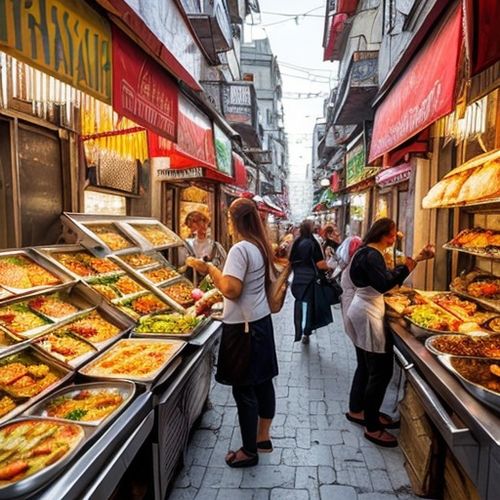
By Natalie Campbell/Apr 11, 2025
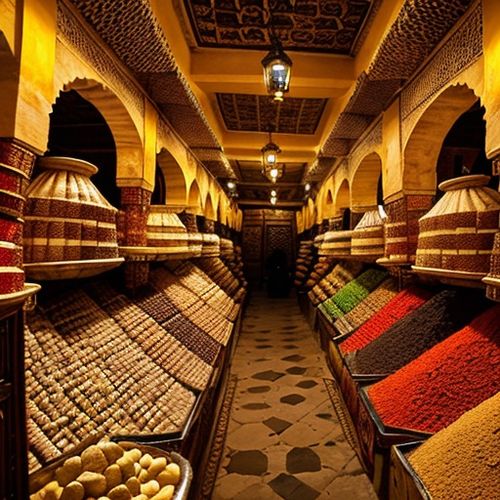
By Daniel Scott/Apr 11, 2025
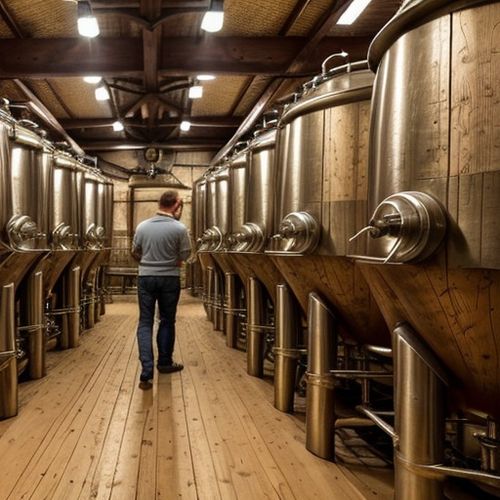
By Joshua Howard/Apr 11, 2025
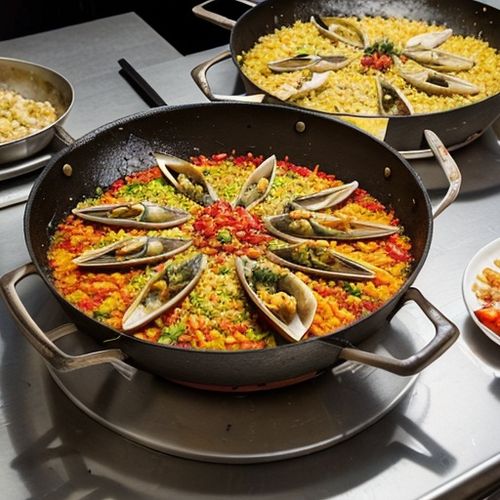
By Christopher Harris/Apr 11, 2025
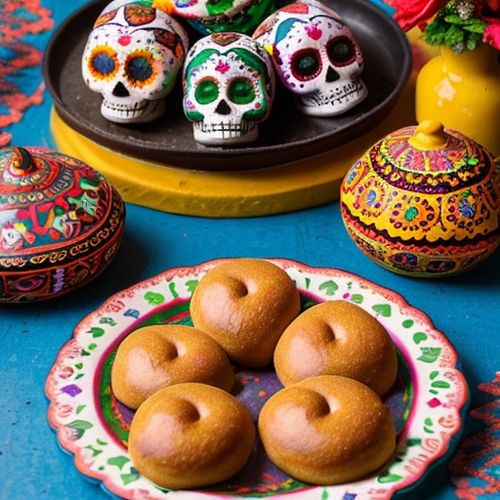
By Amanda Phillips/Apr 11, 2025
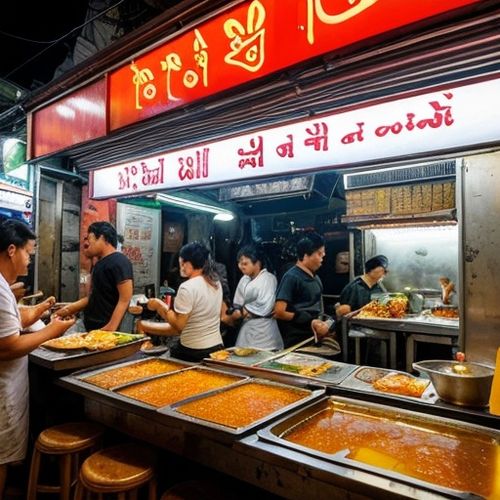
By Rebecca Stewart/Apr 11, 2025

By Amanda Phillips/Apr 11, 2025
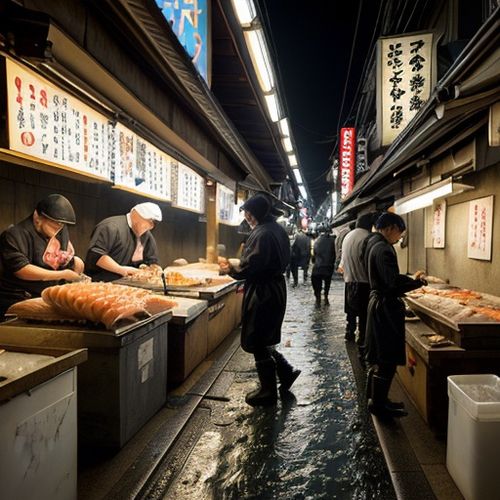
By Megan Clark/Apr 11, 2025
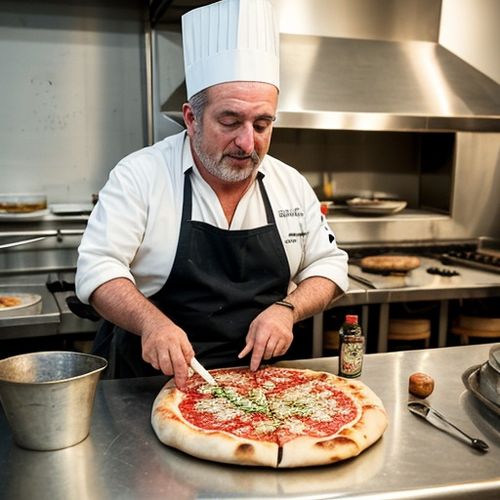
By Olivia Reed/Apr 11, 2025

By Jessica Lee/Apr 11, 2025

By Grace Cox/Apr 11, 2025

By Rebecca Stewart/Apr 11, 2025

By Olivia Reed/Apr 11, 2025